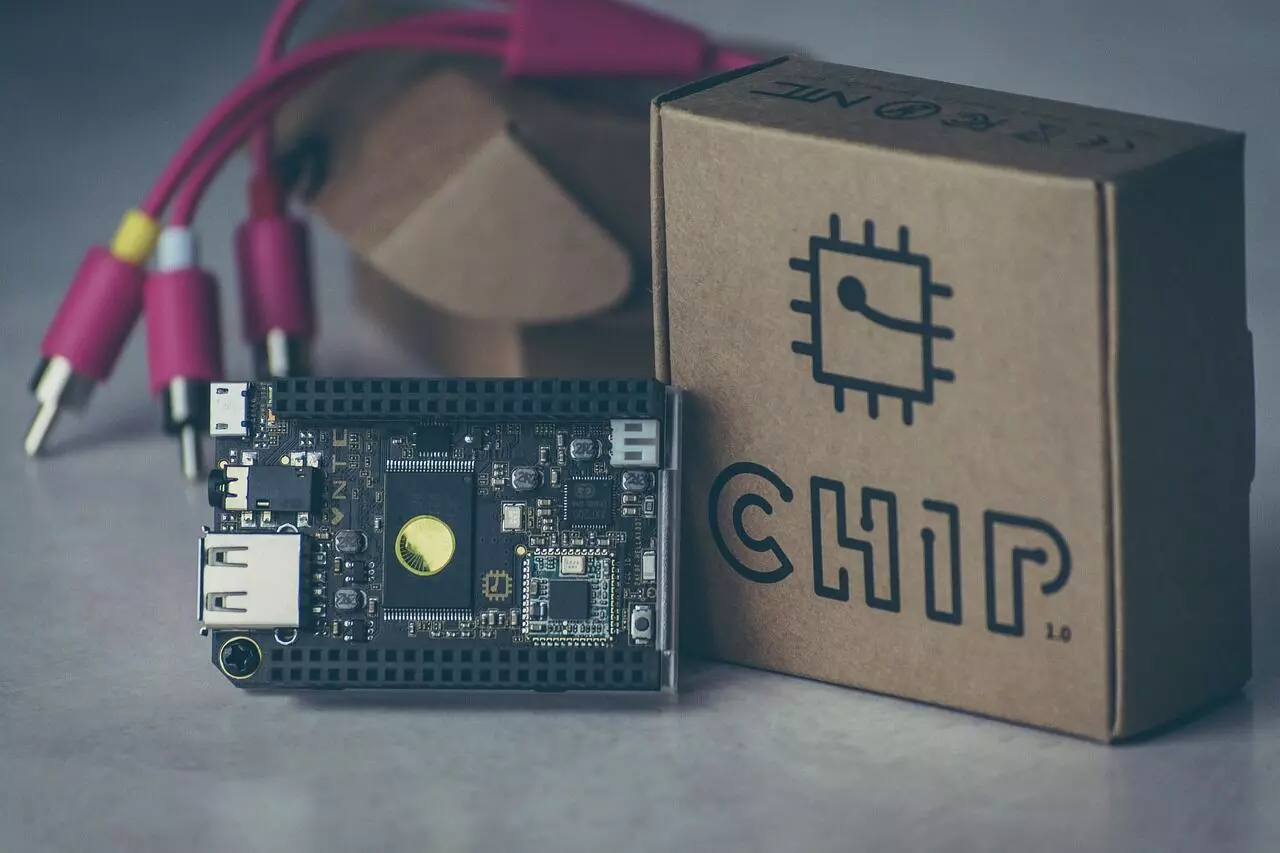Talking Shop: The ethereal nanochip
Welcome to a nanoworld we are embracing with zestful gusto. Don’t sell this short, as some espousers of this goulash believe the spiel they are dishing out

“Only complete idiots are
not afraid of anything. Never
argue with an idiot. They will
drag you down to their level
& beat you with experience.”
―Mark Twain
India is highly advanced and enlightened, certainly more than many Developed Nations, and we indubitably are a corollary to nations of a similar vintage, countenance and historical lineage. It is this visage, perhaps, that has so easily catalysed our consummate union with some of the world’s breakthrough scientific developments and advances, for instance the revolutionary and life-changing nanochip. It is important to revisit how a majority of Indians got their first whiff and vestige of the emerging nanotechnology, for the beginnings are quite hilarious.
As a nation, we had our first brush with the nanochip not in a physics or chemistry laboratory, nor in the highly-sanitized environs of an advanced medical facility, ministered over by wizened scientific whizzes in white lab coats, sporting stethoscopes around the neck and scalpels ready at hand. Instead, the revelation happened inside Indian television studios, with crinkly and boorishly garish media anchors all but dissecting and decimating our very new and crisp currency notes. On the back of demonetization, these info-bearers of ‘classified stuff’ all but smashed to smithereens our belief in NEWS, claiming that the new pink currency bills had a nanochip slyly embedded deep within, capable of sending out distress signals even from ‘pataal lok’ (the netherworld) — “Mayday. Mayday. Mayday. Get me outta here and turn black me into a pristine white.”
Today, with the ICC Men’s ODI Cricket World Cup underway, we are being warned about the mischievous nanochip again. This time, the chips are on the line and on our cricket fields, with the Indian bowling attack said to be relying heavily on nanotechnology to short-circuit opposition batsmen, sending them scampering back to their dressing room. We have even embedded nanochips in the bails above the stumps, a little bird tells me, with this modern tech-marvels only waiting for us to radio-order them to uproot the stumps when the need arises.
Clearly, tech is now King
Technology sure has come a long way, and I welcome you to a nanoworld we are embracing with zestful gusto and gay abandon. Don’t you dare sell this gusto short, for the creators of this futuristic tech-goulash truly believe in the balderdash and verbal spiel they are dishing out by the cauldron-full. That said, what we are lamenting here in this circuitous critique is that we cannot allow a few media nincompoops or some fanatical die-hard cricket enthusiasts from across the border to run roughshod over scientific breakthroughs that are metamorphosing lives and bringing in hope, revolutionary changes across all phases of growth and development, holding the potential to change mankind for what it stands for.
What are we talking about, you ask? Well, we are talking of sub-atomic devices and gizmos that change life and bring about transformation that holds the potential to alter the very future of humankind. Scientifically, nanotechnology manipulates matter on a micro-atomic scale to produce new structures, materials and devices that are already ushering in the promise of a scientific blitzkrieg breaking through — in sectors such as medicine, consumer products, materials and manufacturing, information and communications, as also food and energy technology. The list of industry segments where nanotechnology is catalysing unheard-of breakthroughs is long, and it is growing.
If you want to be futuristic, get a load of this — analysts predict that as technology continues to accelerate exponentially, intelligent machines and humans will inevitably merge into a single entity, leading to machines and humans being classified as ‘transhuman’. Admittedly, as human endeavours, both physical and intellectual, cannot singularly solve the world’s problems, this man-machine unity may come about sooner than expected; in fact, the runaway development of quantum computers, new materials and energy sources may even advance it. Sure, Arnold Schwarzenegger in his Terminator avatar may not walk across your living room anytime soon, but tech-creators hold the aces to be tomorrow’s rulers, that is till intelligent, autonomous robotic machines take over and make us redundant. Chew on that.
How did it all begin?
Well, it began with India getting its independence from the British Raj. Jokes apart, it was in 1947 that electrical engineers and Physics Nobel Laureates John Bardeen and Walter Brattain demonstrated the point contact transistor, the first semiconductor amplifier. In 1948, William Shockley joined hands with them to invent a more robust junction transistor. The placement of four active transistors onto a silicon chip in 1951 triggered the development of the microchip, which revolutionised electronics and created the Digital Age. Decades later, semiconductors are now its bedrock and have reached a level of importance similar to that of oil and gas, primarily because they will soon exceed the latter when electricity is generated by other energy sources, notably solar power, using silicon semiconductor converters.
As with any new development, there’s need for extreme caution too — that’s because while nanotechnology has direct beneficial applications for medicine and the environment, like all technologies, it may have unintended side-effects that can deleteriously impact the environment, within the human body and the natural ecosystem. The greatest potential side-effect is that the creation of nanotechnology still resides in the hands of man, and these hands are controlled by people with aspirations, personal growth and ambition, characteristics that can lead to avarice, greed and many other things just as bad. Another deadly side-effect is what we began this column with, the scores of ill-intentioned people who are not just unaware of the technology and its benefits, but shamelessly seek fleeting fame and instant gratification from it. May the Lord give them ‘sad buddhi’ (better brains and insights).
There is a silver lining too, in that nanomaterials and concepts being developed are already exhibiting the potential to produce energy from movement, light, variations in temperature, glucose and other materials with high-conversion efficiency. Handled right, nanotech can send you and me to Mars or Jupiter soon; with the critical catchwords here being ‘handled right’.
Good news for India too
As India, along with most other parts of the world, battles the post-COVID era and attempts to break the shackles of an economic slouch and rising joblessness, nanotechnology could come to the rescue. Due to rising demand and R&D activities, the nanotech market in India is projected to grow at a Compounded Annual Growth Rate of 19.1 per cent in the next decade. To tap into this potential, students are lining up to upscale their capabilities. In turn, varsities, including the Indian Institute of Technology, are already offering degree courses in varied areas of nanotech involving both fundamental and application-orientated research in the domains of energy, healthcare and environmental sciences. The future beckons.
“Nanotechnology is an idea that most people simply didn’t believe. Nanotechnology will let us build computers that are incredibly powerful. We’ll have more power in the volume of a sugar cube than exists in the entire world today,” Ralph Merkle said. I second that thought and hope this happens soon; at least soon enough for some of us to realize that this technology — which can transform our Planet, spark progress and save lives — was never intended to reside inside currency notes, cricket balls or stump bails, and certainly not in the warped thinking of idiots running their media ship aground just to create raucous headlines and their own stylized version of ‘Breaking News’.
The writer is a veteran journalist and communications specialist. He can be reached on narayanrajeev2006@gmail.com. Views expressed are personal




